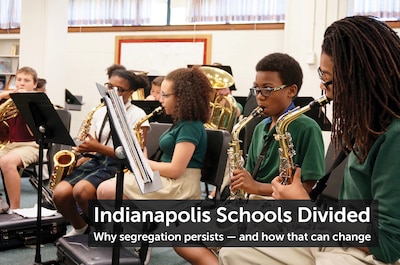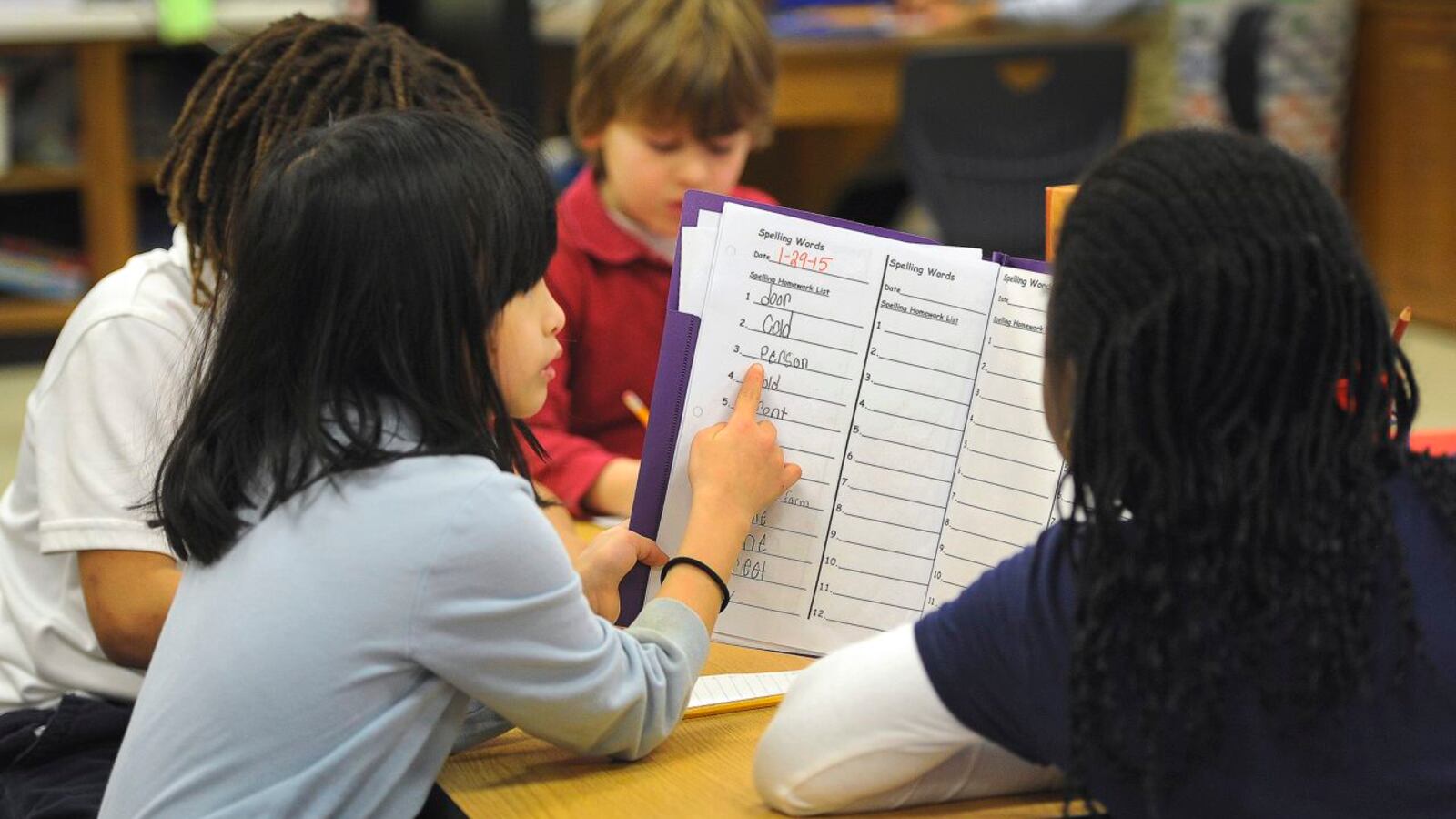Indianapolis Public Schools is considering changes that could make some of its most sought-after schools more diverse.
In the the wake of a story exposing how IPS policies exacerbate racial segregation at some magnet schools, the district says it is reviewing magnet school admissions.
The story on magnet schools was part of a series on school segregation from Chalkbeat, the Indianapolis Star and WFYI that has sparked a conversation around the district about whether all students have fair access to the city’s best schools.
Now, IPS Superintendent Lewis Ferebee says the district is considering shrinking the priority zones that surround some of the city’s magnet schools.
Since some of the most coveted schools are in predominantly white or gentrifying neighborhoods, the district’s longstanding policy of giving admissions preference to people who live near the schools is likely one reason why they enroll a higher percentage of white students than most other district schools. Shrinking the priority zones would make room for more students from the rest of the city, possibly boosting school diversity.
“We are not in the business of preventing students who live right across the street from a choice program from having access to that school because we want students to have access to schools in their neighborhood,” Ferebee said. “But some of the proximity zones are much larger than we think they may need to be.”

At some high-demand magnet programs in Indianapolis — which typically have waitlists — the district admits students who live in the vicinity of the school before opening the lottery to kids from other areas. But because some priority areas span as far as a mile, popular schools fill many of their seats with neighborhood students.
The starkest example is School 84, which is nestled in the Meridian-Kessler neighborhood, one of the most affluent areas of the city. Eighty-three percent of students there are white and only 5 percent of students come from families with incomes low enough to qualify for meal assistance.
Giving priority to students from the neighborhood is likely a driving reason why more students at the school are white and wealthy than a typical IPS school. Districtwide, only 21 percent of students are white and 71 percent qualify for meal assistance.
The details of the potential policy shift are still unsettled, but the proposed change will be discussed at community meetings that the district plans to hold in the coming months.
It’s an issue that IPS leaders have discussed in the past, Ferebee said. But it didn’t get enough support from the board for the administration to pursue a change.
Ferebee said that based on the most recent year of data from the admission lottery, the district is concerned about the demographics of some high-demand schools.
“I think some of the schools may have lost some of their diversity,” he said.
Increasing the number of black and Hispanic kids at the schools that serve many of the district’s more well-off families would be good for underserved students because research shows the benefits of attending schools with middle-class peers, said Indiana University law professor Kevin Brown.
“Trying to… increase your percentage of minorities in those kind of schools is going to be real positive,” Brown said.
But Brown said that in order for the schools to become more diverse, the district will also need to recruit black and Hispanic students to apply to those schools.
Brown also cautioned that white families may move to the suburbs or enroll their children in private schools to avoid predominantly black and Hispanic schools.
“What the school system obviously will not want to do is to end up admitting so many black and Latino (students) that the white students pull out,” he said.

